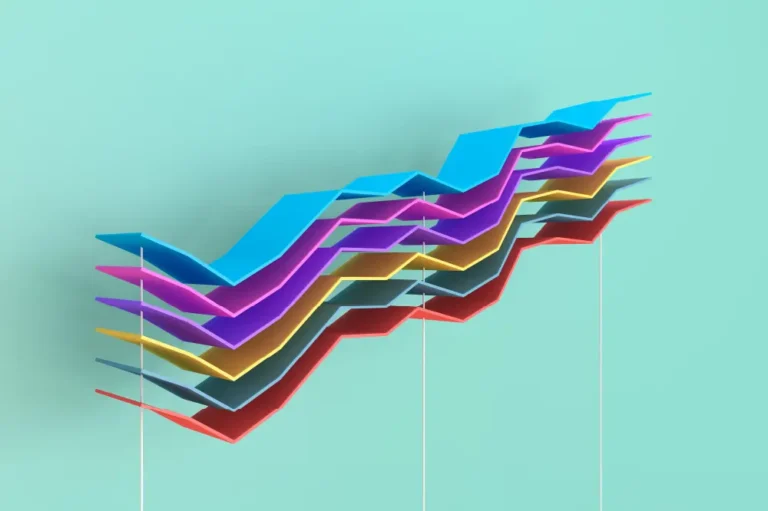The Spotlight Newsletter
The Spotlight provides insights into economic and market events related to thematic investment opportunities.
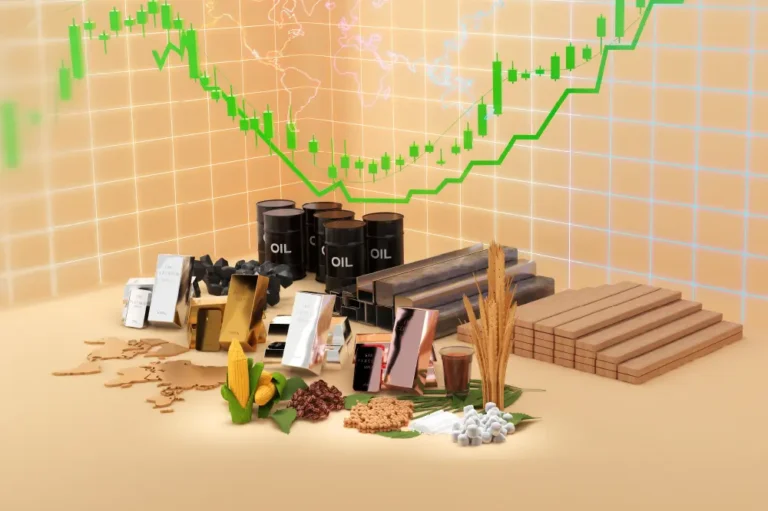
Unveiling Opportunities: Commodities in Today’s Market Landscape
COM
Jan 04, 2024

Moonshot Investors Ditch Mega Caps to Search for the Next Generation of Industry Leaders
MOON
Jul 28, 2023
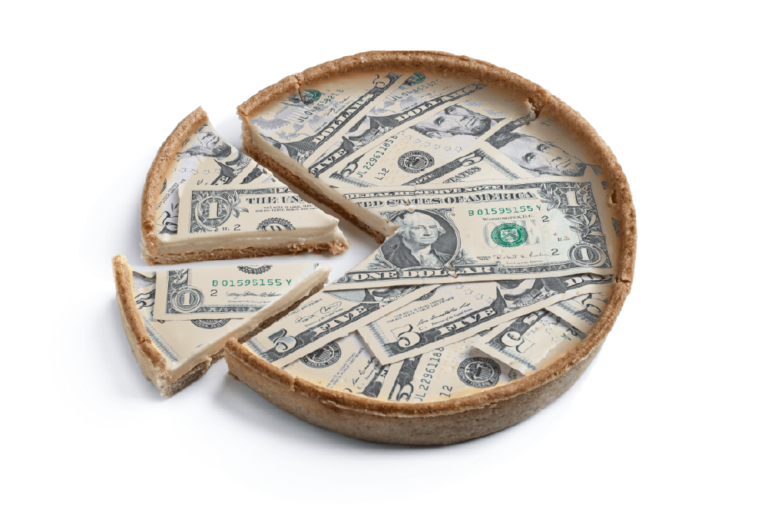
Equal Weighted NASDAQ-100 Index: What if the Tech Rally Broadens Out?
QQQE
Jul 26, 2023

Work From Home: Here to Stay
WFH
Jul 12, 2023

What Lies Ahead For The Current Tech Rally?
QQQE
Jul 10, 2023

Aim for the Moon with this ETF
MOON
Jun 29, 2023

Investing in the Future of the Hydrogen Economy.
HJEN
May 17, 2023

Is Equal Weighting the Next Growth Strategy?
QQQE
Jan 27, 2023

How to Invest in the Future of Clean Energy – Hydrogen
HJEN
Nov 18, 2022

From Pivot to Divot
Nov 16, 2022

Are You Full?
Oct 24, 2022

Back to Basics: Hydrogen
HJEN
Oct 07, 2022
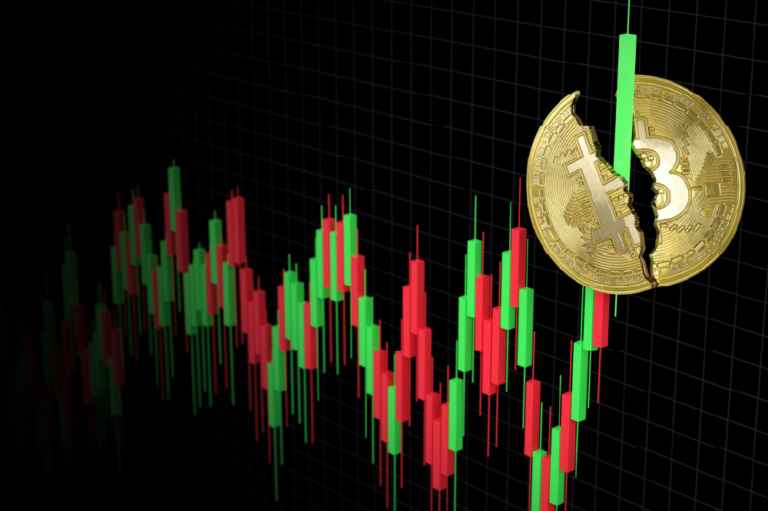
The Gift of Time
Sep 22, 2022

Yielding to the Yield Curve
Sep 06, 2022

High on Hydrogen
HJEN
Sep 02, 2022
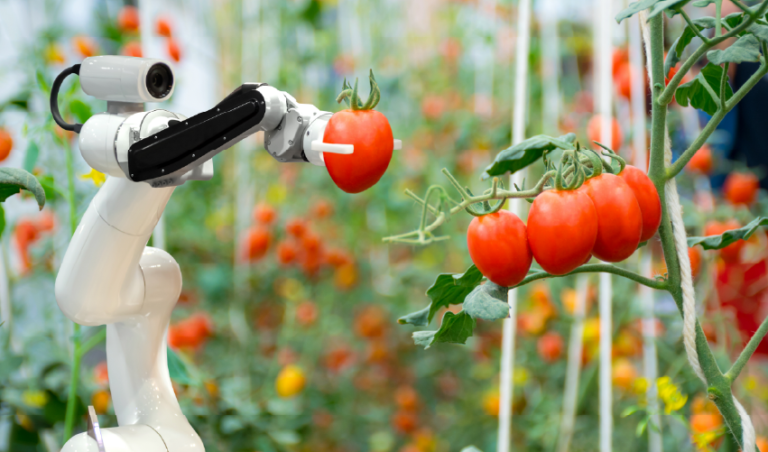
Mounting Momentum for MOON
MOON
Aug 30, 2022
